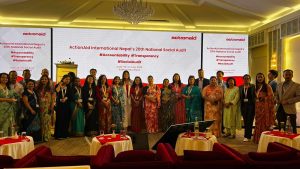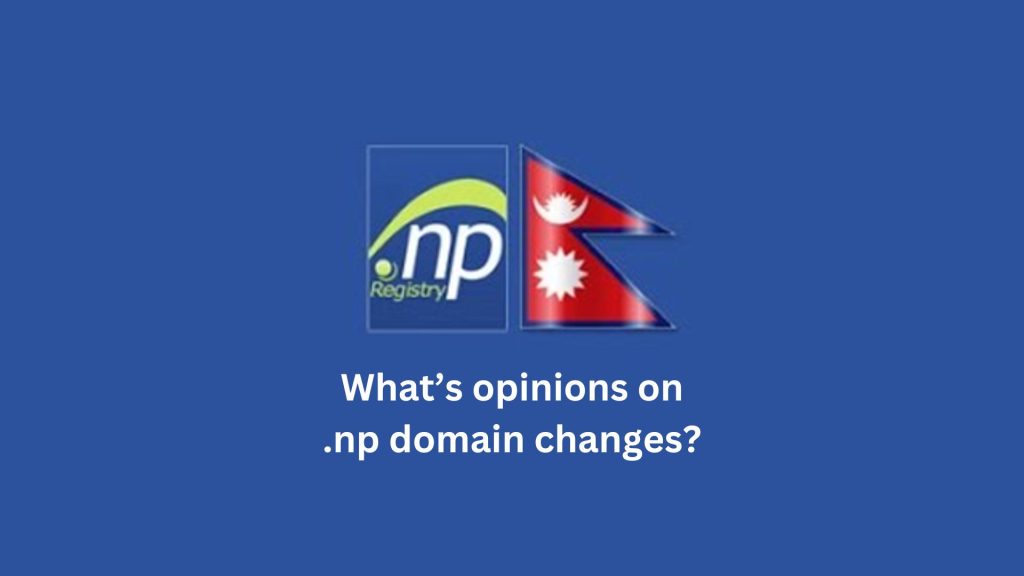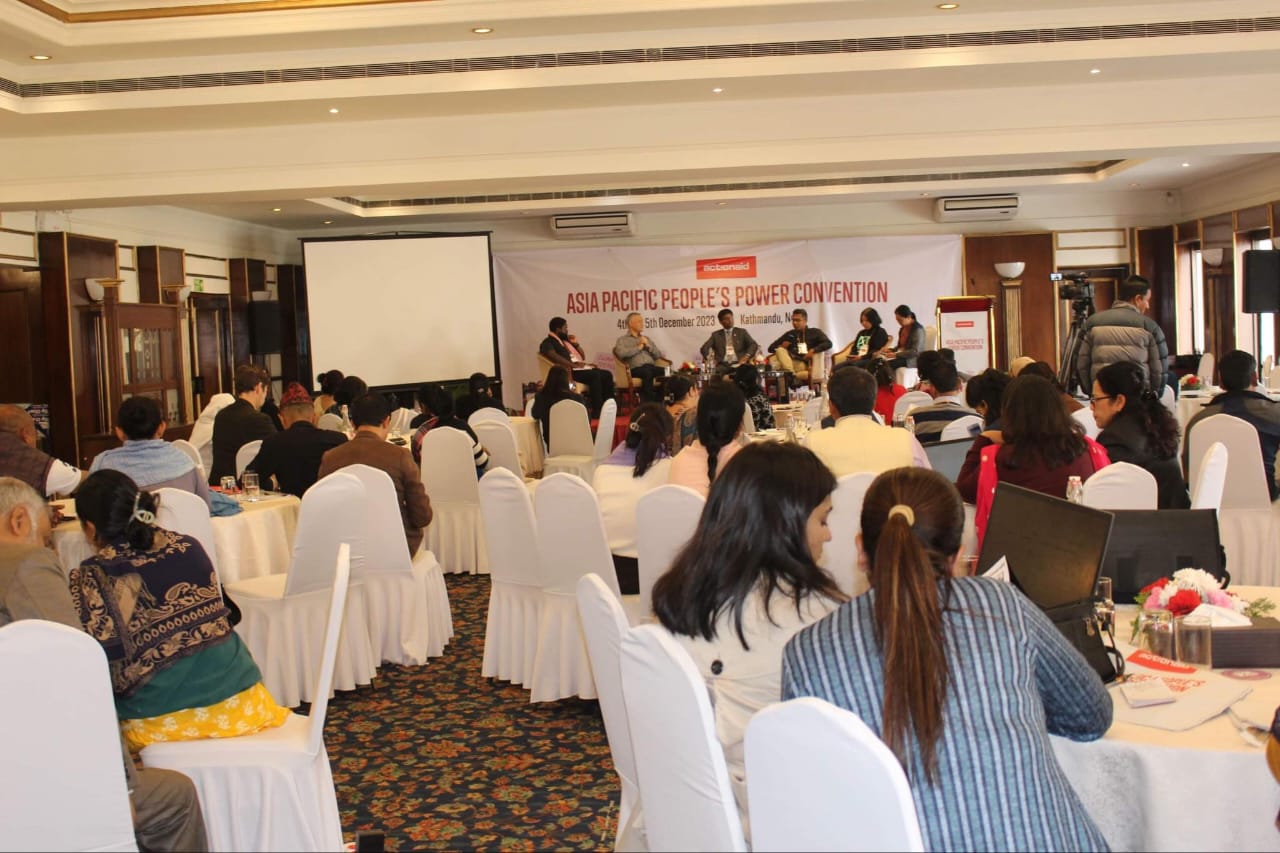Annual Gai Jatra Festival in Kathmandu: A Unique Blend of Tradition, Satire, and Remembrance
The vibrant city of Kathmandu witnessed the annual celebration of Gai Jatra, a significant festival in Hindu culture that pays homage to departed loved ones and adds a touch of satire to societal norms. This traditional event, held with zeal and devotion, serves as a captivating blend of remembrance, cultural expression, and social commentary.
Gai Jatra, which translates to the “Festival of the Cow,” is observed with great reverence across the Kathmandu valley. It holds dual significance: honoring departed souls and commemorating Yama, the god of death, in Hindu mythology. During this time, cows are revered as symbols of both motherhood and the Earth itself.
Historical accounts reveal a poignant story from Vikram Samvat 1641 to 1664, when King Pratap Malla sought to bring solace to his grief-stricken queen. Having lost their infant son, the queen’s sorrow left her emotionally distanced from royal duties. Despite the king’s best efforts, her grief remained insurmountable. In a creative attempt to awaken her from this sorrowful stupor, King Pratap Malla orchestrated a procession through the palace grounds.
The ingenious procession involved citizens who had lost loved ones that year parading with a cow at the forefront. This parade, held at what is now Kathmandu Durbar Square, attracted widespread attention and sparked a new tradition. The bereaved families’ poignant procession resonated deeply with the queen, helping her recognize that her pain was shared by many who had suffered losses. The inclusion of humor, satire, and jests in the procession also managed to bring a smile to her face.
Over time, the Gai Jatra evolved into more than just a tribute to the departed. It became a platform for artistic expression and social critique. Attendees began using creative exhibitions and tableaus to symbolically highlight societal disparities between the rich and poor. The festival’s symbolic mockery and satire provided a unique channel for the masses to communicate their grievances to the ruling class, sparking a tradition of social commentary that persists even today.
“Saparu,” as the festival is known in the Newari language, encompasses the essence of Gai Jatra. The term combines “Sa,” signifying cow, and “Paru,” representing the Pratipada date on which the festival takes place. This festival showcases the cultural and communal unity of the Kathmandu valley, where cows are draped in yellow cloth and paraded as sacred symbols of remembrance. Through this collective display of reverence, attendees pray for the peace of departed souls.
As the sun sets on this year’s Gai Jatra festivities, the streets of Kathmandu continue to reverberate with the echoes of satire, remembrance, and artistic expression. The festival’s time-honored traditions, coupled with its evolving role as a vehicle for social commentary, ensure that Gai Jatra remains an essential and cherished occasion in the heart of Nepal’s cultural calendar.
 T
T

 T
T
ActionAid Nepal Unveils Climate Policy Landscape and Conducts 20th Social Audit

 T
T
Millsberry School Launches Prestigious A Level Program

CG Launches Hero Bikes in Nepal, Sets Up Assembly Plant



 T
T
Annual Gai Jatra Festival in Kathmandu: A Unique Blend of Tradition, Satire, and Remembrance

 T
T
ActionAid Nepal Unveils Climate Policy Landscape and Conducts 20th Social Audit

 T
T
Millsberry School Launches Prestigious A Level Program

 T
T
Nepal Proposes Changes to .np Domain Registration

 T
T


